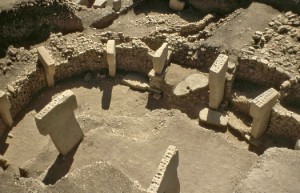A Community for Curious Minds who love History, its Odd Stories, and Good Reads
A Community for Curious Minds who love History, its Odd Stories, and Good Reads
By Holly Tucker
 Prey and predator: during our long evolution on the African savannah, we humans have played both roles. For millennia, big cats and sharp-eyed raptors made off with us as their lunch; then, wielding newly-invented tools, we turned the tables (at least to a degree) via scavenging, and later, hunting.
Prey and predator: during our long evolution on the African savannah, we humans have played both roles. For millennia, big cats and sharp-eyed raptors made off with us as their lunch; then, wielding newly-invented tools, we turned the tables (at least to a degree) via scavenging, and later, hunting.